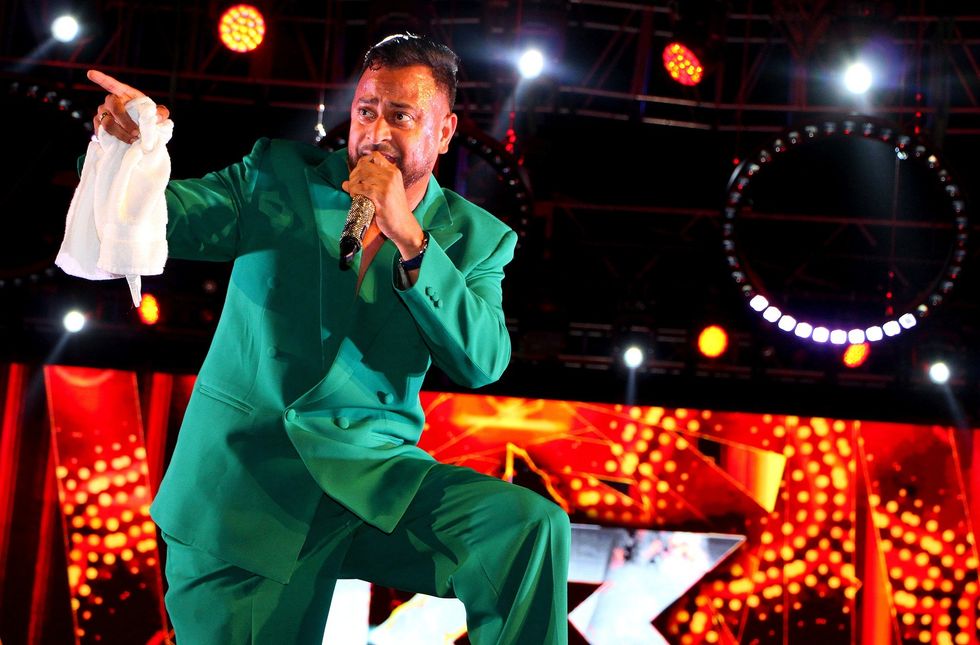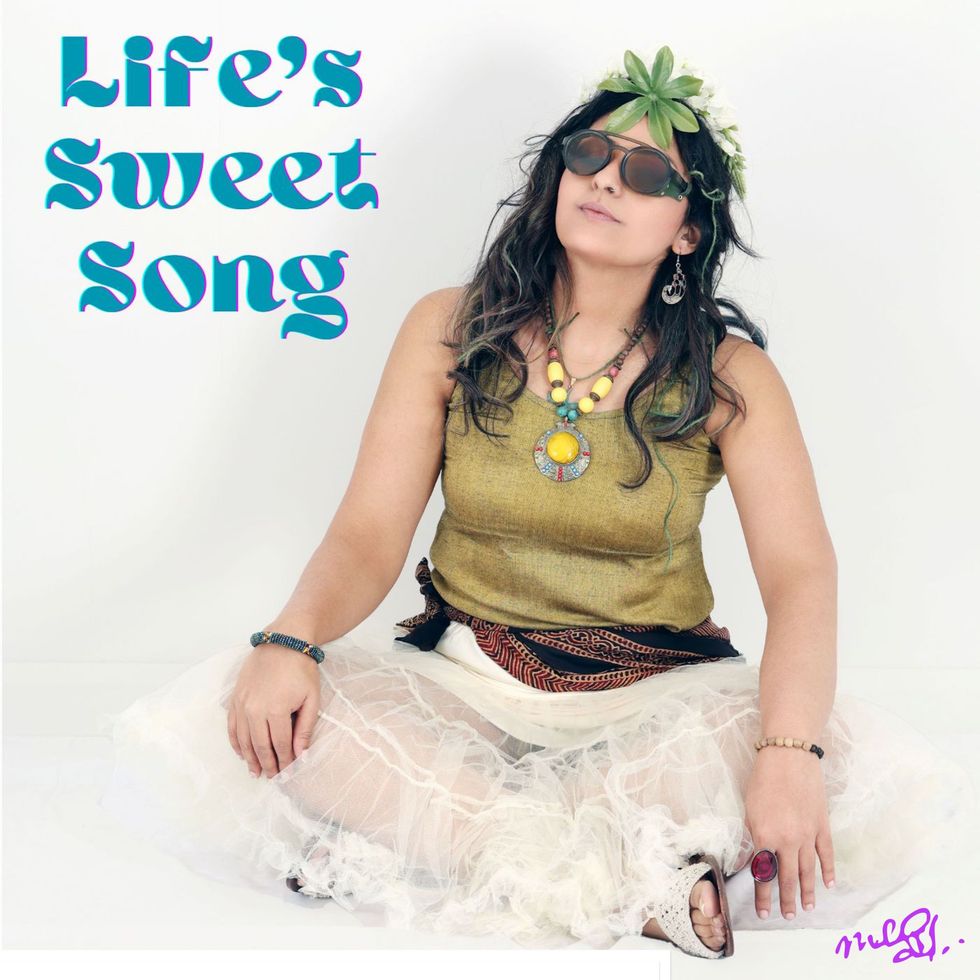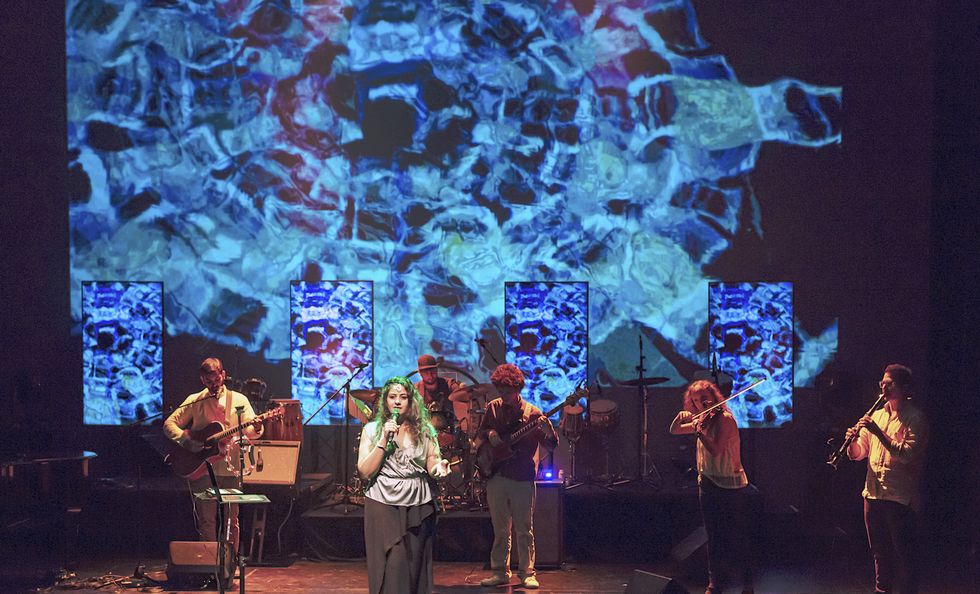I want you to picture this: A single frame from Spirited Away, Chihiro’s hair whipping in the spirit wind, every strand drawn by a human hand trembling with purpose. Now imagine that same magic reduced to lines of code, replicated in seconds by a machine that has never felt wonder.
Welcome to the war between art and algorithm.
For those just boarding this train: Studio Ghibli isn’t just an animation studio: it’s a temple. My Neighbour Totoro’s furry belly laughs, Princess Mononoke’s blood-soaked forests, Spirited Away’s bathhouse brimming with gods, these are hand-painted dreams. Miyazaki’s team once spent eight months animating a 10-minute sequence of falling water.

And now? AI slurps up decades of this agony and ecstasy, then spits out "Ghibli-style" wallpaper on command.
The uncanny valley of creativity
Social media is drowning in these synthetic masterpieces: your selfie as a Ghibli protagonist, Elon Musk as a Totoro villain. Cute? Sure. But peel back the filter.
AI-generated Ghibli-style art is everywhere, with soft watercolour skies, wide-eyed characters, and a nostalgic glow that once took human hands years to perfect. Some cheer: Look how far we’ve come! Others argue: This isn’t art, but theft by algorithm.

Miyazaki himself once called AI animation "an insult to life." For him, art isn’t just about the final image; it’s about the struggle, the imperfections, the human hand behind every stroke. AI doesn’t wrestle with themes or pour grief into a sketch, it simply predicts pixels. Can a machine, trained on decades of someone else’s genius, ever truly understand the sorrow in Grave of the Fireflies or the joy of Kiki’s Delivery Service? Or is it just a high-tech forgery?
The ethics of style theft
Here’s the dirty secret: It’s 100% legal to steal an artist’s lifeblood. Copyright protects specific works, not the sweat in their brushstrokes. Want to train an AI on every Ghibli film and sell prints? The law shrugs.

The battle:
- Tech Bros: "AI lets indie creators make Ghibli films in their basement!"
(Spoiler: No, it lets them make hollow shells that look like Ghibli.) - Artists: "This is colonialism for creativity—mining our culture without paying the toll."

The lie of AI creativity
Let’s gut this myth: AI doesn’t create. It remixes. PERIOD!
- When Miyazaki drew a crumbling leaf, it wept with the weight of environmental ruin.
- When AI draws that same leaf? It’s blindly copying pixels that seemed important in 10,000 other leaves.
Ask yourself: Is a karaoke singer a songwriter?

A survival guide for the ‘Artpocalypse’
All’s not lost if we fight dirty:
- Style Licences: Want to mimic Ghibli? Pay the studio like you’d pay for a Beatles sample.
- AI as Apprentice: Let it colour backgrounds, not design spirits.
- The Firefly Test: If an artwork can’t make you sob like Setsuko’s death scene, trash it.
Lawsuits against AI firms, like those accusing Stability AI of using copyrighted images without permission, suggest that a reckoning is coming. Some propose solutions:
- Mandatory attribution for AI-generated works
- Profit-sharing models for original artists
- “Style licenses” that require permission before AI mimics a specific aesthetic
But enforcing these globally? A legal nightmare!
And what about the artists? If studios replace junior animators with AI, where does the next Miyazaki learn their craft? As one Tokyo animator put it: "AI doesn’t get tired, but it also doesn’t care."

The bigger question: Can AI even be creative?
Creativity isn’t just remixing what exists, it’s about meaning. When Miyazaki drew No-Face staring blankly from the bathhouse, it wasn’t just a cool monster design; it was a critique of consumerism. AI doesn’t intend anything. It doesn’t struggle with ideas or emotions. It just assembles pixels in a way that looks right.
So, when we praise AI-generated "art," are we celebrating creativity or just a really advanced copy machine?

Where do we draw the line?
Perhaps the answer isn’t all-or-nothing. AI could be a tool, not a replacement.
- Restoration: Resurrecting decaying cels from old films.
- Assistance: Automating tedious tasks so artists focus on emotion.
- Education: Helping newcomers study techniques without infringing on original works.
But without strict guardrails, style licences, opt-out systems for artists, bans on scraping copyrighted works, we risk turning art into a soulless production line.

The firefly test
In Grave of the Fireflies, a dying child cups a firefly’s fading light. That’s real art: fragile, human, alive. AI can fake the glow. But it will never understand why we cry when it flickers out. The real issue isn’t whether AI can make Ghibli-style art. It’s whether, in doing so, it extinguishes something irreplaceable.

Technology should be a brush, not the painter. The soul of art must always belong to us.






 Ravi B
Ravi B Rick Ram and Vanessa Ramoutar
Rick Ram and Vanessa Ramoutar 
















 Amazon EchoAmazon.com
Amazon EchoAmazon.com Apple watch series 10Apple
Apple watch series 10Apple Garmin Venu® 3garmin.com
Garmin Venu® 3garmin.com Dyson 360 Vis NavDyson.com
Dyson 360 Vis NavDyson.com Google Nest Thermostat UltraGoogle.com
Google Nest Thermostat UltraGoogle.com Landroid L 1/2 AcreWorx.com
Landroid L 1/2 AcreWorx.com Sony Bravia Smart TVSony.co.uk
Sony Bravia Smart TVSony.co.uk

 Gadot’s legacy serves as a reminder that we all have the power to be heroes in our own livesInstagram/ gal_gadot
Gadot’s legacy serves as a reminder that we all have the power to be heroes in our own livesInstagram/ gal_gadot